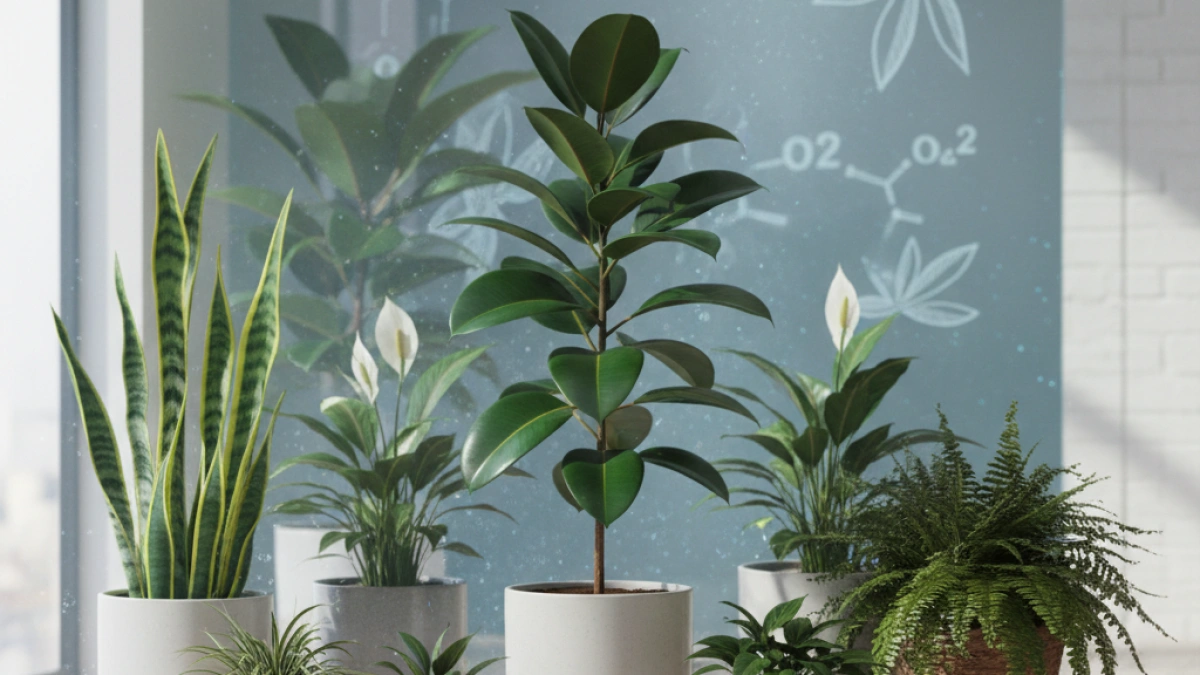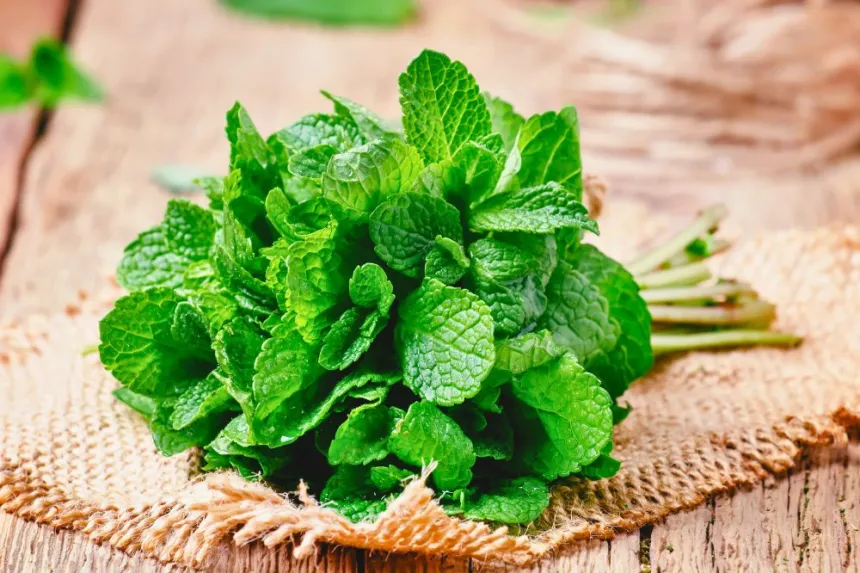Plants that Purify Indoor Air: Benefits and Science Behind It

Currently, the environment we live in is constantly exposed to a series of synthetic chemical products that can affect the quality of the air we breathe. These include volatile organic compounds (VOCs) such as formaldehyde, benzene, and trichloroethylene, which can be harmful to health at elevated concentrations. However, there are natural solutions that can help mitigate this problem. Below, we analyze indoor plants that act as air purifiers, their benefits, and the science that supports their effectiveness.
NASA's Clean Air Study
In the 1980s, NASA, in collaboration with the Associated Landscape Contractors of America (ALCA), conducted a study to determine how they could improve air quality in space stations. The findings of the study indicated that some indoor plants have the ability to effectively remove common toxins such as benzene, formaldehyde, and trichloroethylene, contributing to the mitigation of "Sick Building Syndrome." Despite criticisms that have emerged over time regarding the interpretation of these results, the influence of the study has been fundamental in popularizing the importance of having plants in indoor spaces.
List of Air-Purifying Plants
Below is a selection of the most effective plants for improving air quality in indoor environments and their purifying properties.
1. Peace Lily (Spathiphyllum Wallasii)
Also known as the Peace Lily or Moses' Cradle, the peace lily stands out for its purifying ability and ease of care.
Read also
- Toxins it removes: It is highly effective in removing formaldehyde, xylene, toluene, acetone, trichloroethylene, and benzene.
- Additional benefits: Its elegant white flowers can last for weeks, adding a decorative touch. Additionally, it releases oxygen at night, which improves sleep quality.
- Basic care: Prefers indirect light, temperatures between 18°C and 24°C, and slightly moist soil, avoiding waterlogging.
2. Snake Plant (Sansevieria trifasciata)
Popularly known as "mother-in-law's tongue" or "sword of Saint George," it is a virtually indestructible plant, ideal for beginners.
- Toxins it removes: Absorbs pollutants such as formaldehyde, benzene, and trichloroethylene.
- Additional benefits: Releases oxygen at night, making it ideal for bedrooms. Additionally, it is drought-resistant and thrives in low-light conditions.
- Basic care: Needs moderate watering, only when the soil is dry, and adapts to various light levels, although indirect light is preferred.
3. Pothos (Epipremnum aureum)
This type of plant is popular for its resilience and heart-shaped leaves, as well as its versatility in different conditions.
- Toxins it removes: Efficient in removing carbon monoxide, formaldehyde, xylene, benzene, and trichloroethylene.
- Additional benefits: It is ideal for hanging in baskets or placing on shelves, thanks to its growth on stems that create a decorative effect. It also survives in low-light and cold temperature conditions.
- Basic care: Grows well in water and pots, requiring little maintenance. However, it is toxic if ingested, so it should be kept away from children and pets.
4. Areca Palm (Dypsis lutescens)
Known for being one of the best options for general air purification, this plant requires little care.
- Toxins it removes: Effective in removing formaldehyde, benzene, and carbon monoxide, being especially useful in homes where people smoke.
- Additional benefits: Adds freshness and height to any room, enhancing the aesthetics of the environment.
- Basic care: Should be watered a couple of times a week, reducing frequency during winter.
5. Spider Plant (Chlorophytum comosum)
This plant is very easy to care for and perfect for beginners.
- Toxins it removes: It ranks among the three most effective plants for removing formaldehyde from the air, in addition to combating carbon monoxide and other impurities.
- Additional benefits: With proper care, it can live for many years and is ideal for areas with low ventilation.
- Basic care: Needs an environment with appropriate temperature, watering, and light to thrive.
More Benefits of Having Indoor Plants
Beyond their purifying ability, indoor plants offer a wide range of health and wellness benefits:
- Reduction of stress and anxiety: Proximity to plants has a calming effect. Studies indicate that interaction with them, such as repotting, can reduce blood pressure and cortisol levels.
- Increase in productivity and concentration: The presence of greenery can enhance attention. In work and academic settings, people have been observed to be up to 15% more productive, and students work 12% faster in environments with plants.
- Improvement of mood: Spending time in a space with plants boosts feelings of happiness and emotional well-being.
- Acceleration of recovery: Hospitalized patients who have views of trees or plants show better clinical outcomes, requiring fewer pain relievers and having shorter stays in the hospital.
Safety Considerations
Despite the multiple benefits, it is important to note that some of these plants can be toxic if ingested by children or pets. For example, the peace lily, pothos, and monstera (split-leaf philodendron) contain calcium oxalate crystals that can cause irritation in the mouth and digestive tract. Therefore, it is essential to place them in safe locations, out of reach of young children and pets.
In conclusion, incorporating air-purifying plants into the home is not only a decorative option, but it also represents a natural way to foster a healthier, more productive, and harmonious environment. Science supports their benefits, and caring for these plants can contribute to improving indoor quality of life.
If you wish to explore more about the fascinating world of plants and their multiple benefits, feel free to read more on my blog.











































